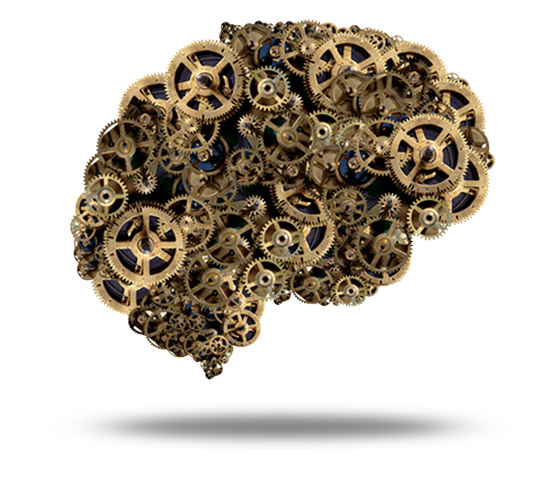Materials
Intelligently combined.

The core field “materials” focuses on the development and characterization of innovative materials, material combinations and technology-specific material adaptations primarily in metal as well as ceramics, polymers, composites and nanomaterials. The aim is to secure desired product characteristics as well as the integration of additional functionalities into components. In parallel, the characteristics of already used materials can be improved, especially with regard to the reproducibility of mechanical material characteristics, the aging process, electrical and other specific properties. Material production must reflect the increased usage of additive production processes and has to offer tailored material solutions.
Multi-material concepts
In conventional forms of production, multi-material components can only be manufactured by joining individual components. This means higher production cost and system weight while usable lifetimes may be decreased. Currently, many applications cannot be realized by conventional production procedures as they require (for concept-related reasons) a multi-material approach in an integrative component assembly. Additive manufacturing offers the new possibility of combining completely different classes of materials in one single component or the option of three-dimensional gradient areas throughout the entire component cross-section in one seamless process. Multi-material concepts such as metal-metal, metal-ceramic and ceramic-ceramic/polymer are currently needed in many high-technology sectors such as the aerospace, energy, optical and medical engineering industries. In the future they will be indispensible.
Future-oriented materials for additive manufacturing
The potential of additive manufacturing in the area of metal and ceramic materials has so far been tested in piecemeal fashion. This scope must be significantly broadened. On the one hand, this applies to conventional materials that cannot yet be used for additive manufacturing (e.g. special steel and Al based alloys). On the other hand, it is also true of materials whose potential for additive manufacturing has still to be explored (e.g. very rough and/or hard materials that are difficult to handle and process). In order to overcome these barriers, it is necessary to generate reliable specifications for processes and materials, uncover relations between materials, processes and product characteristics as well as provide evidence of profitability (with regard to costs of raw material and its efficient use). On thing is certain: this will enable a shift of emphasis from high-tech applications such as in the aerospace and medical engineering industries to wide-scale market penetration. The end result will be revolutionary product solutions.
Functional materials
Additive manufacturing and the integration of intelligence into products of all kinds are making the news as promising hot topics with huge potential markets. The integration of special functions means equipping components with additional specifications during the component manufacturing process. For example, sensors, electrical components, EMC shielding or data cables can be directly integrated into or onto the structural material. The basis for the integration of functions is new materials, designs and production procedures. Here answers and solutions are waiting to be found. The advantages are crystal clear: The saving of entire components and assembly steps in combination with reduced costs, material consumption and weight.